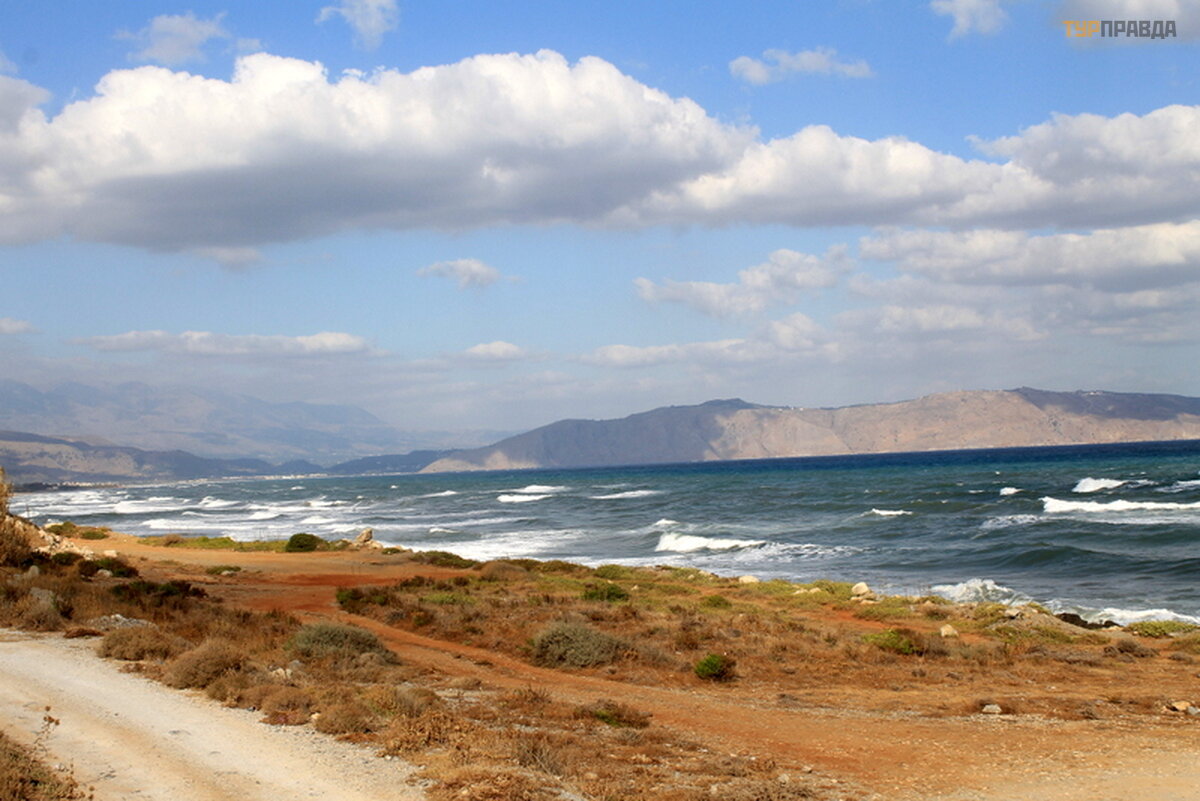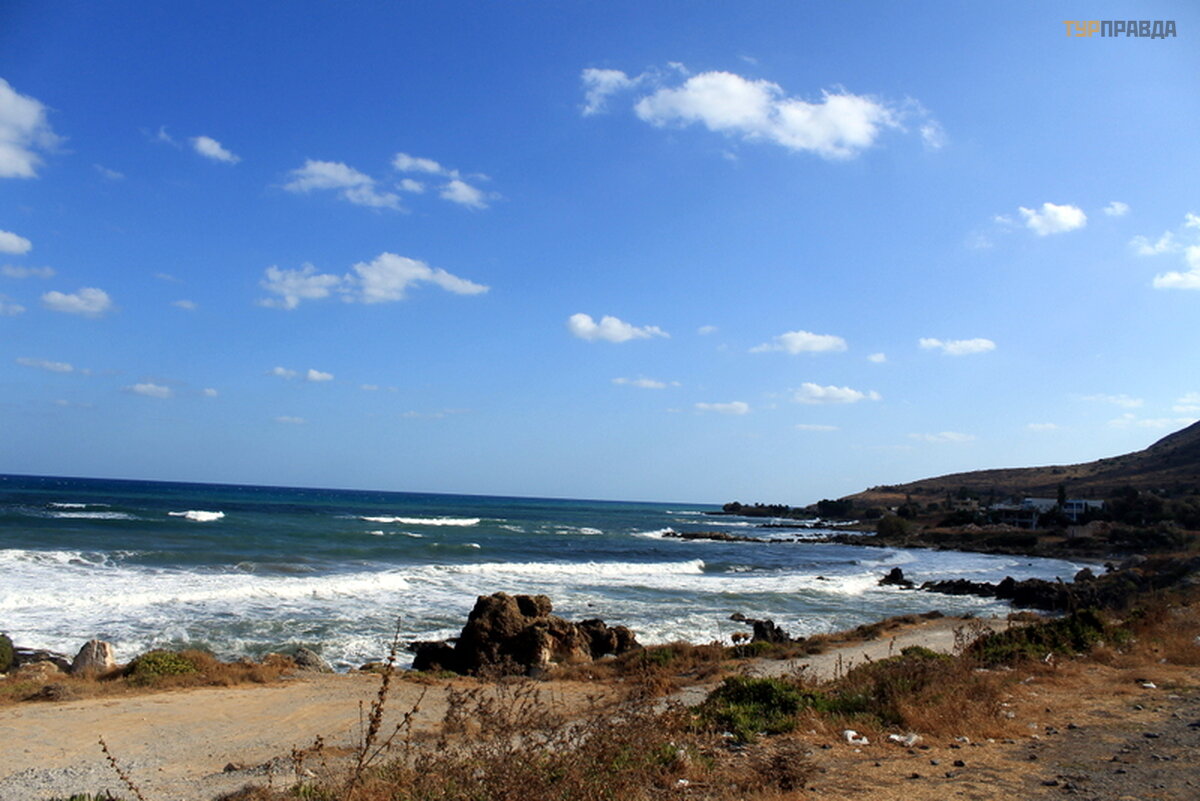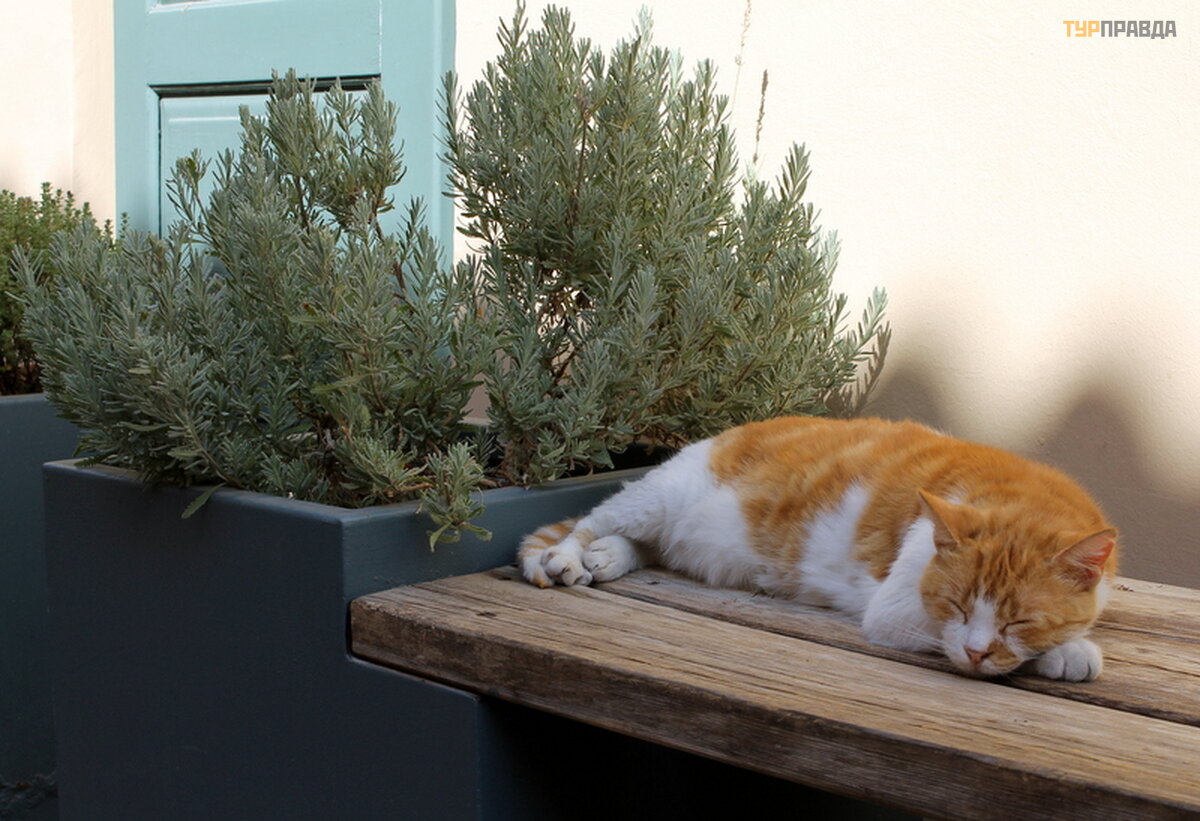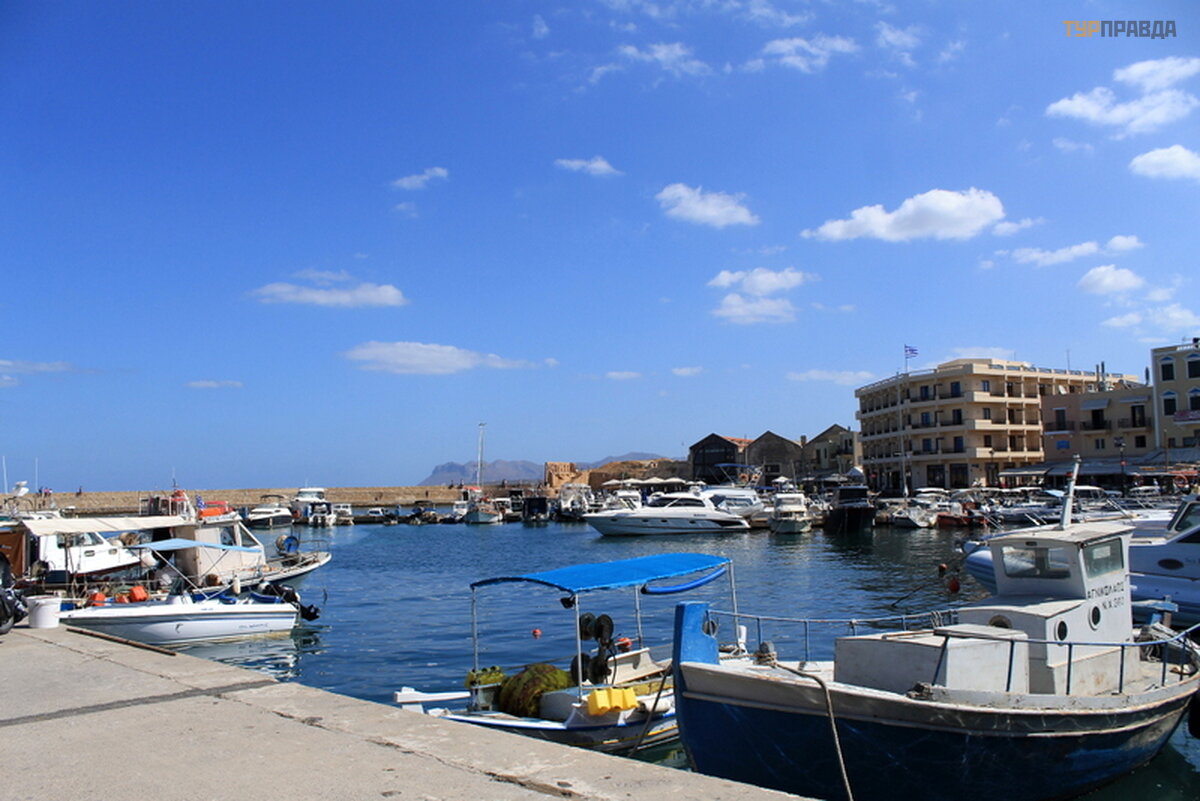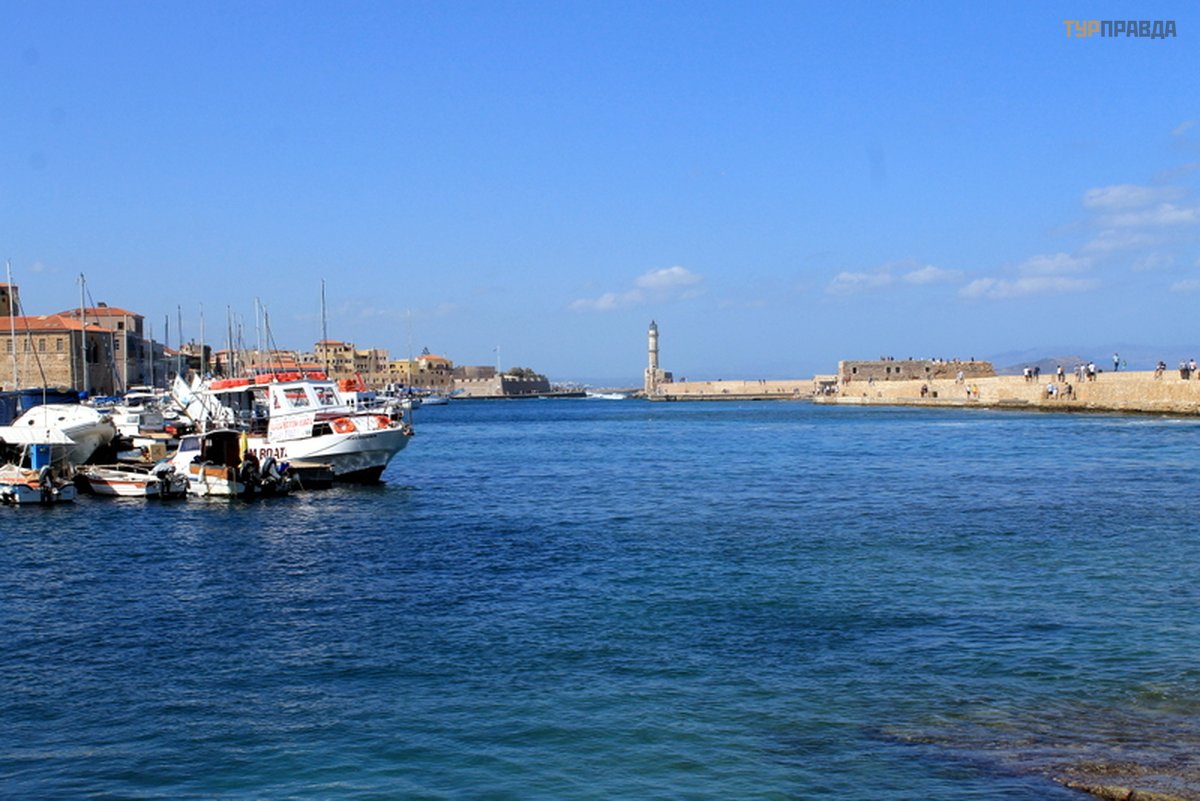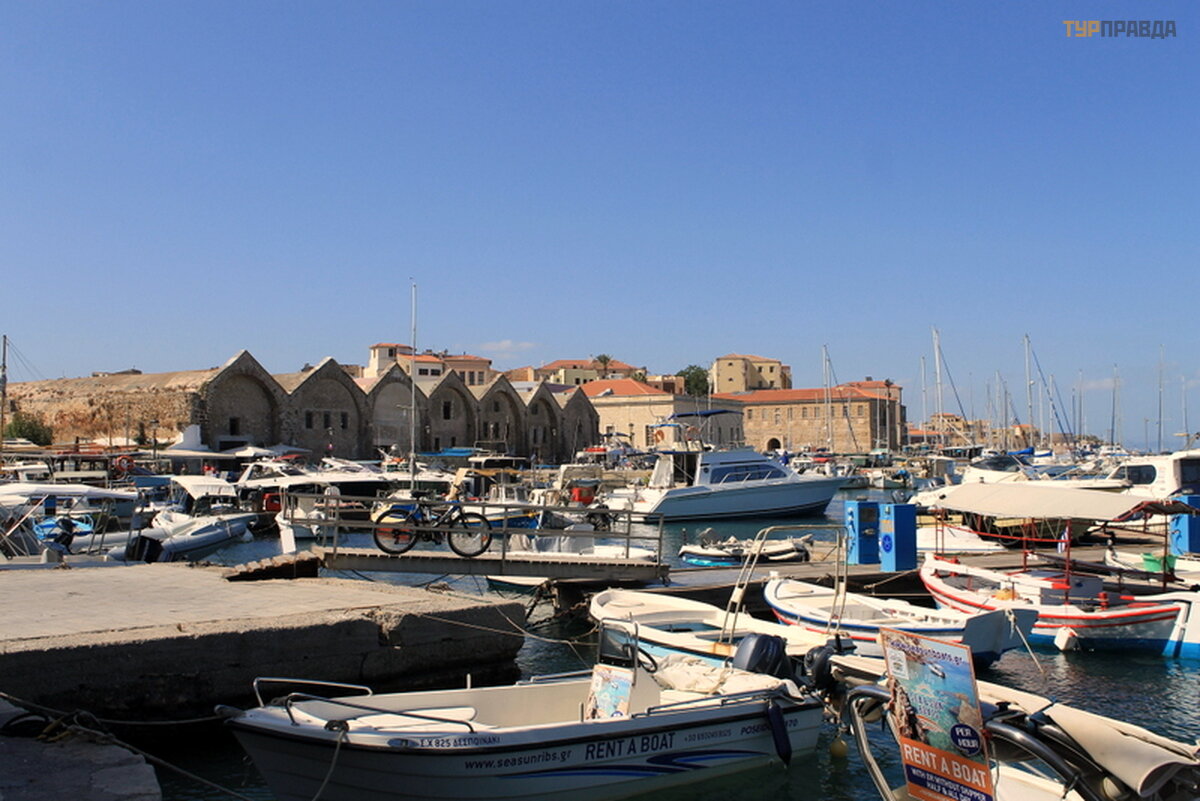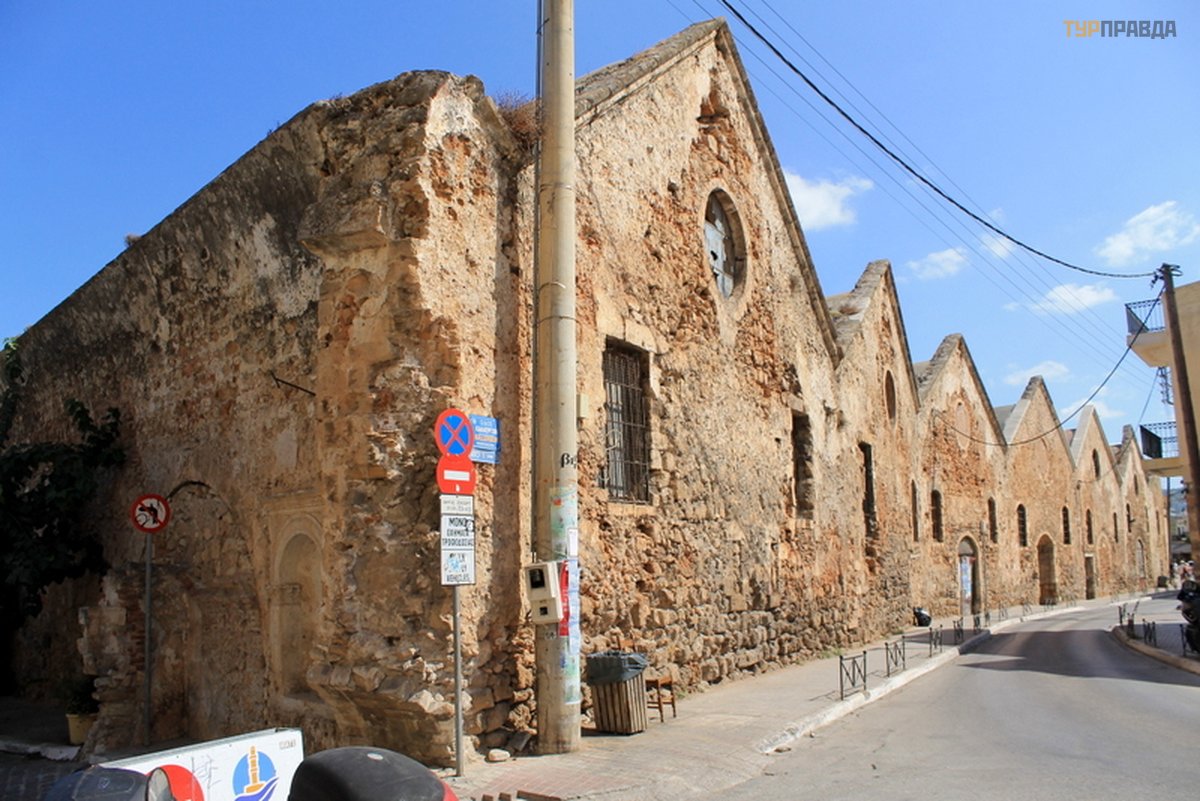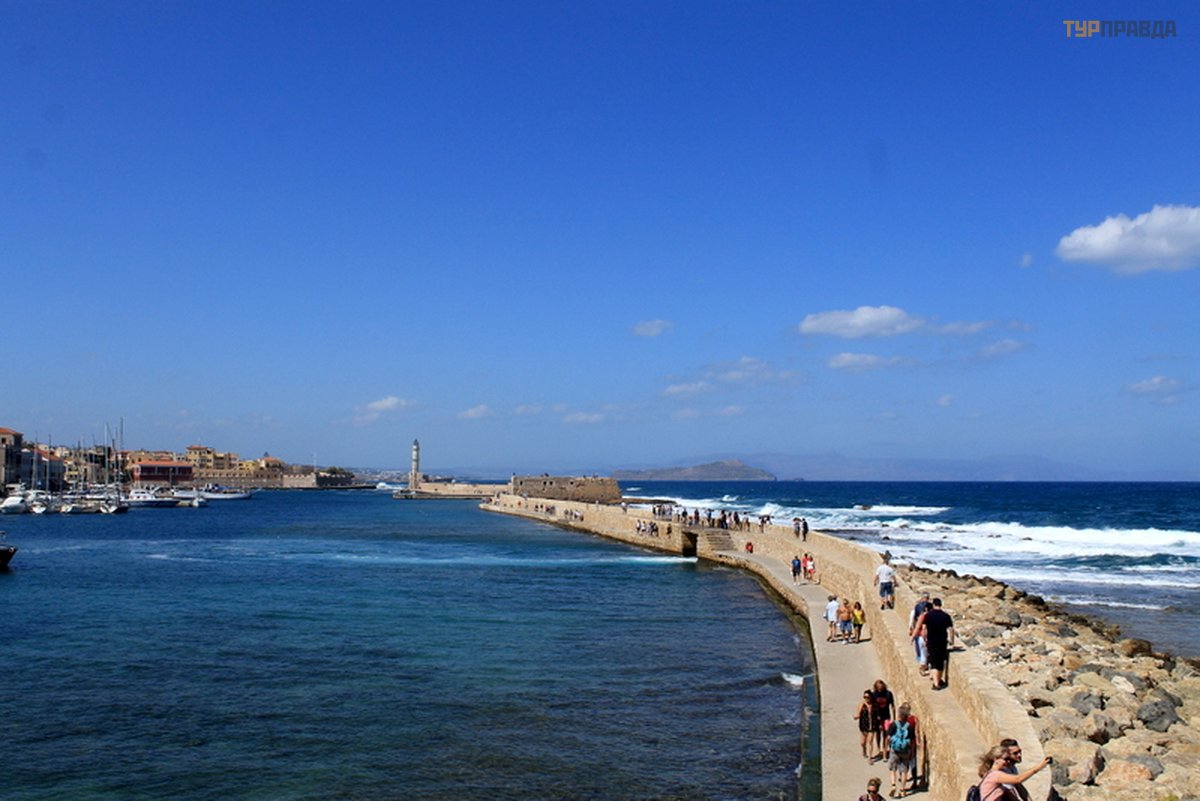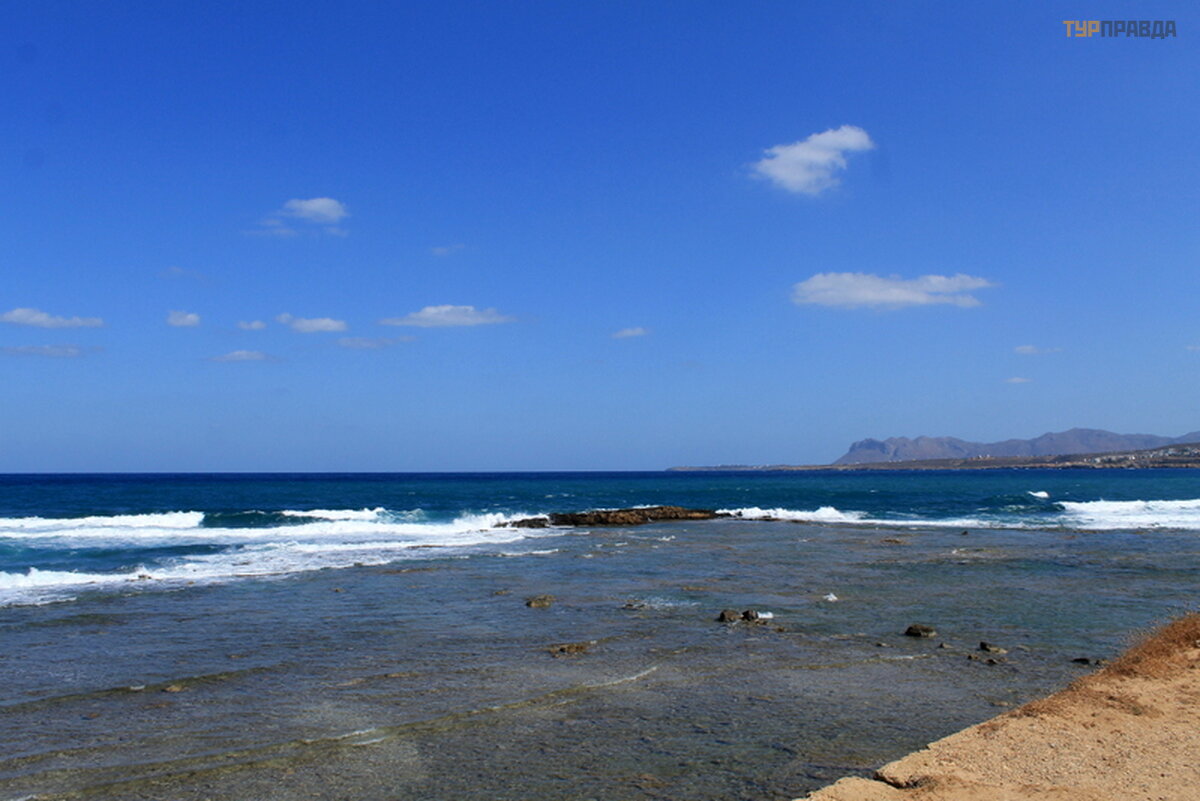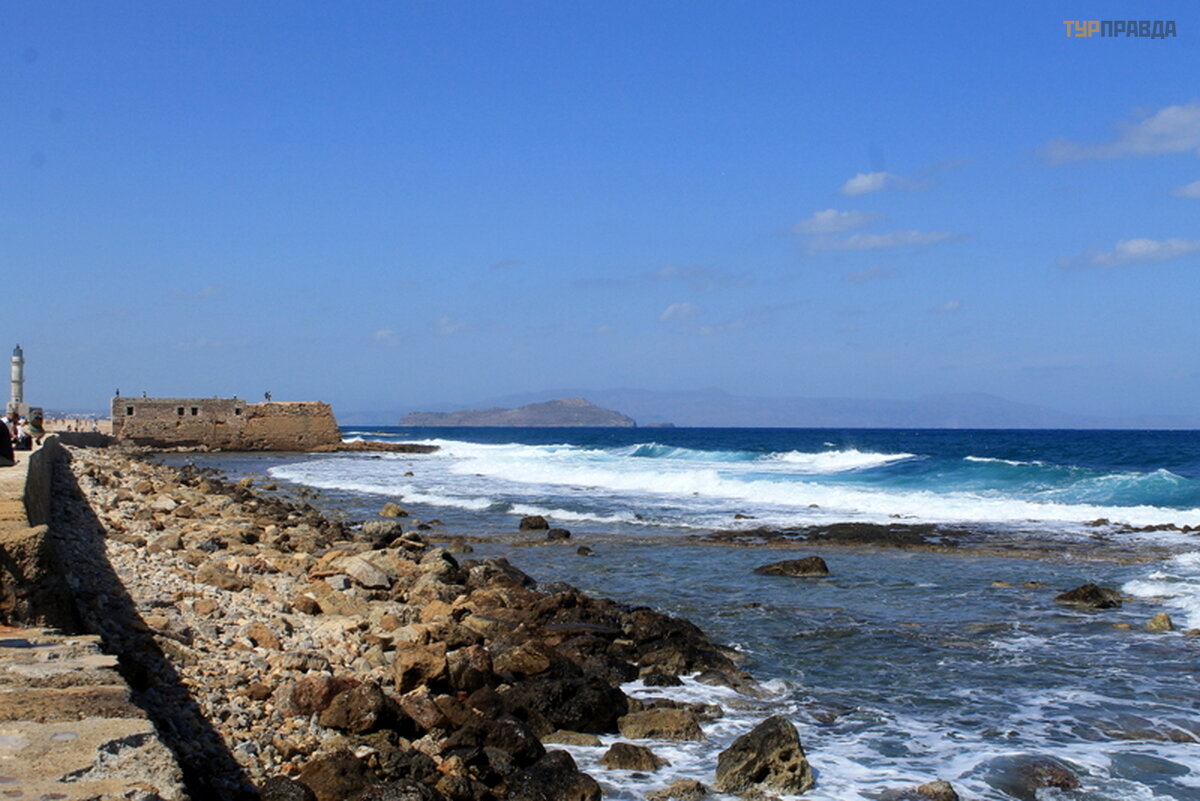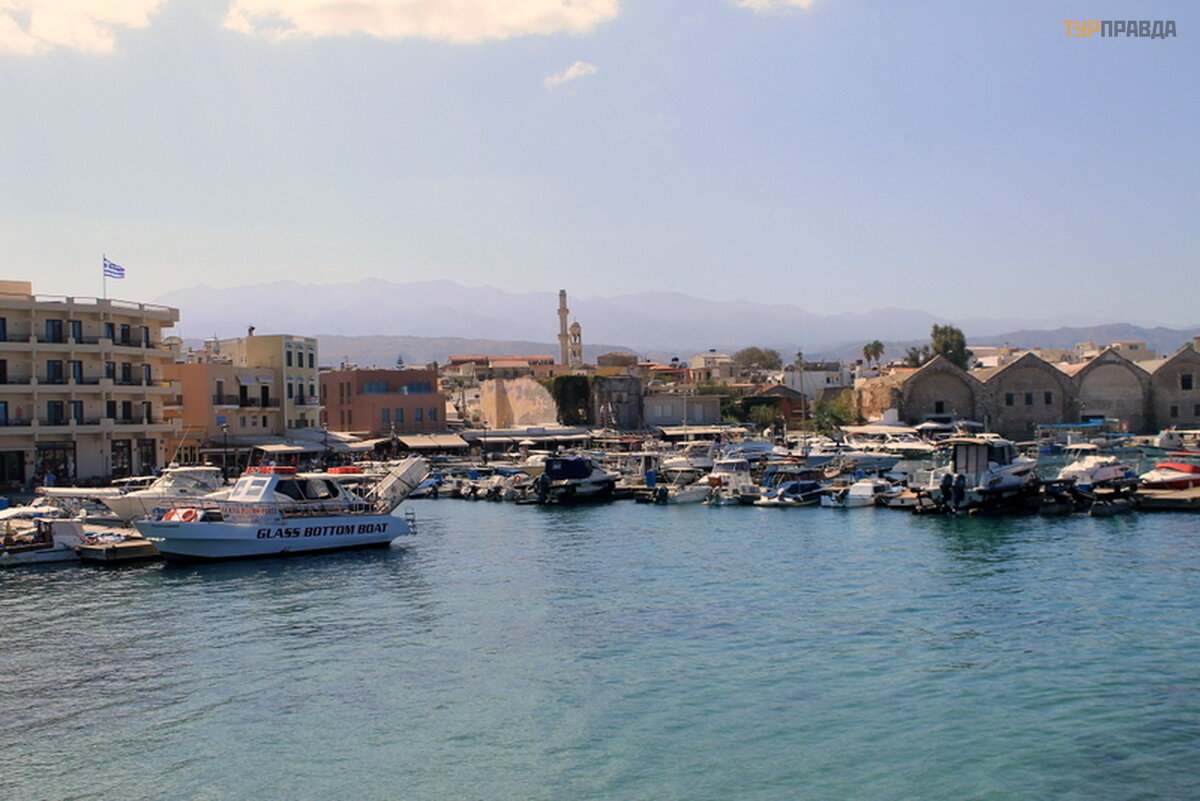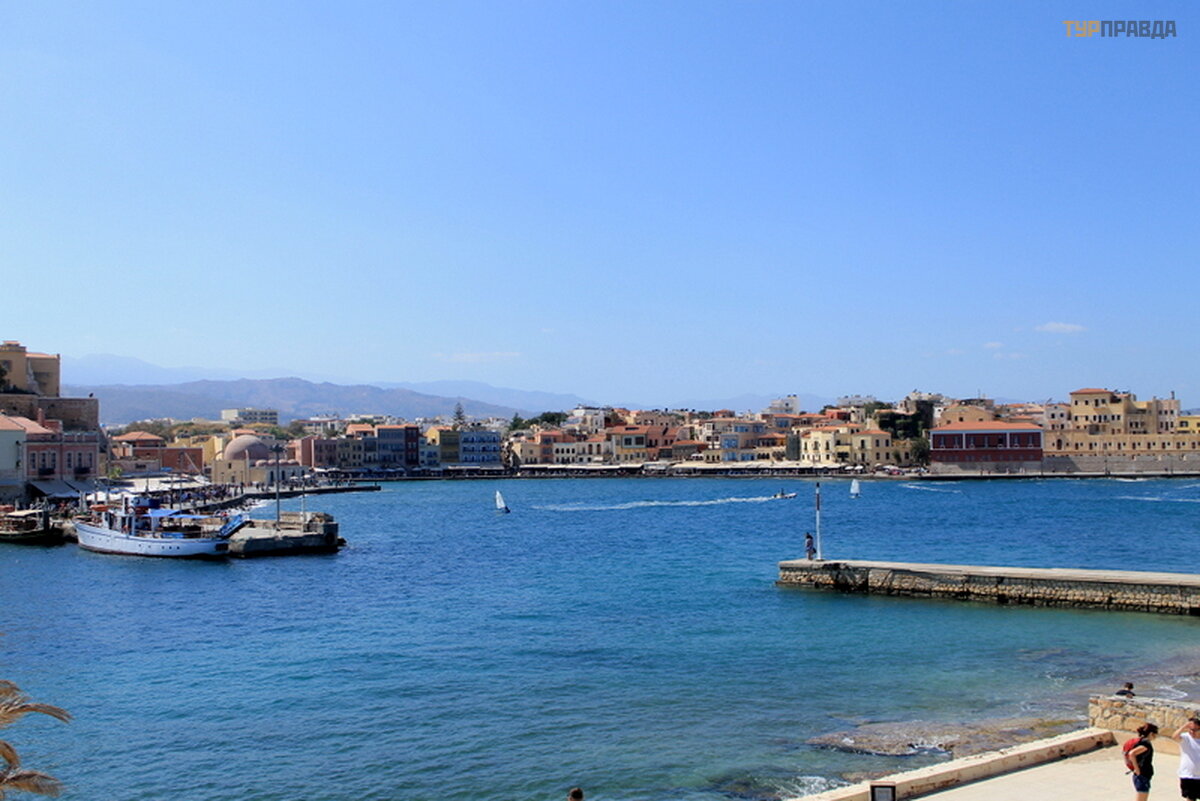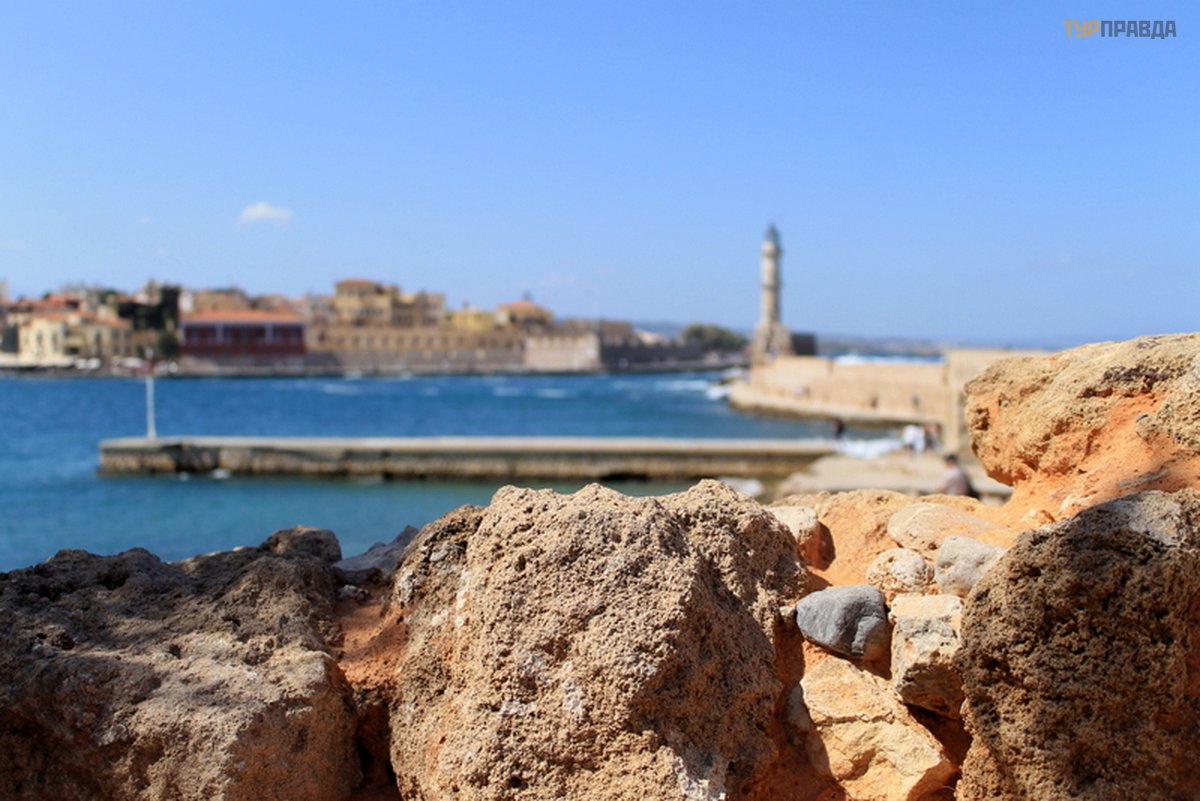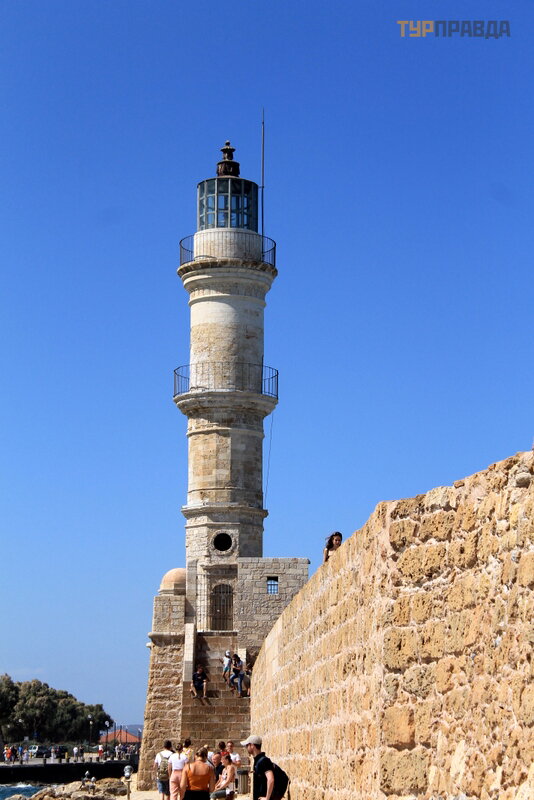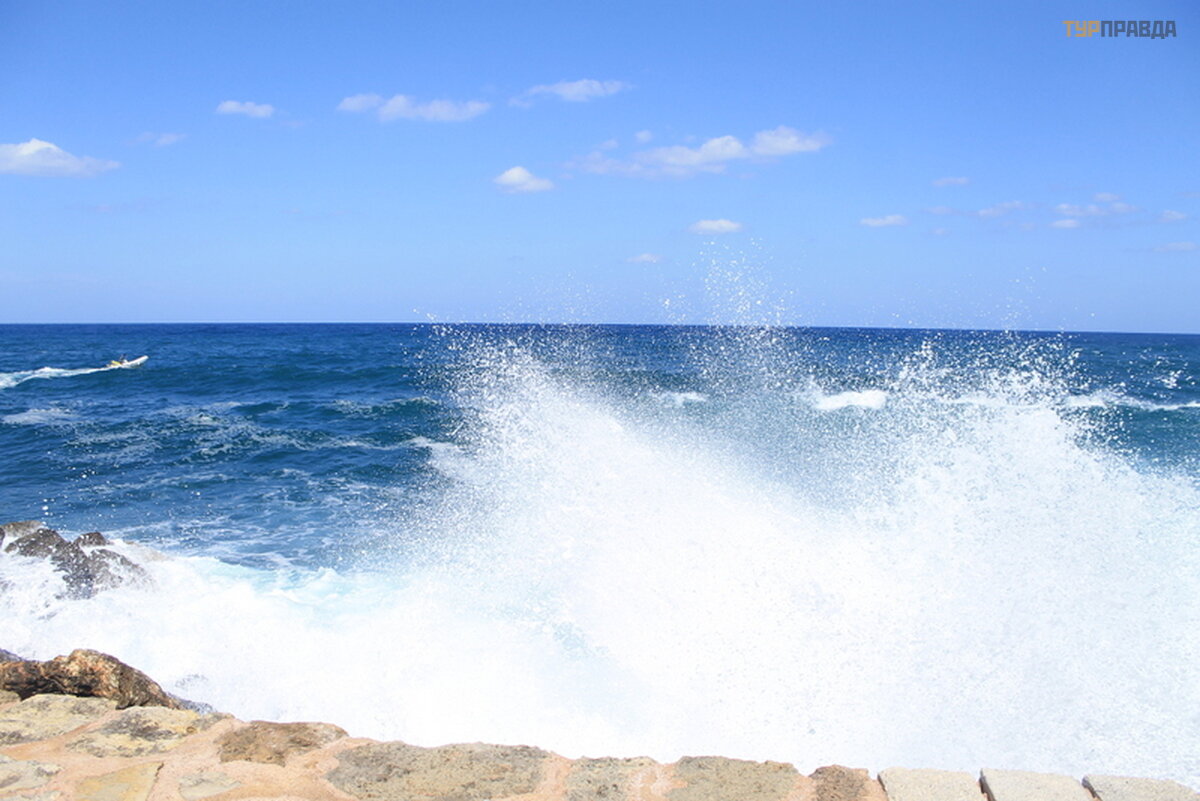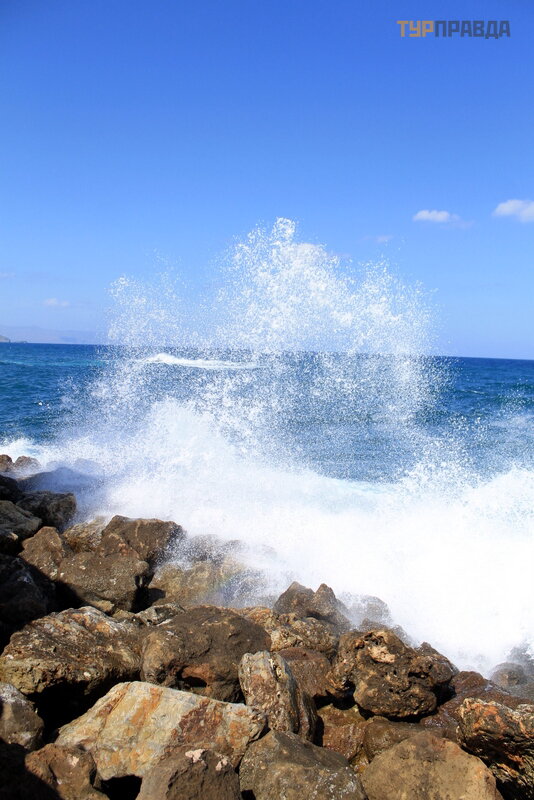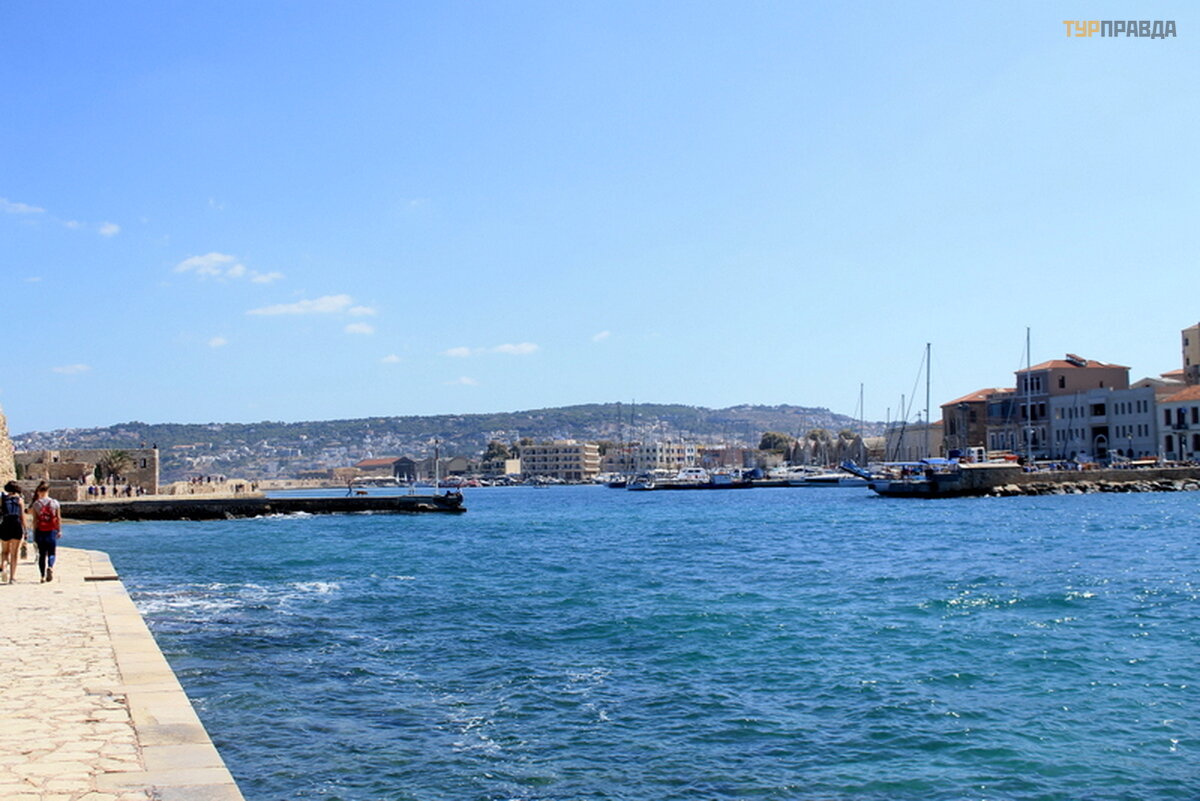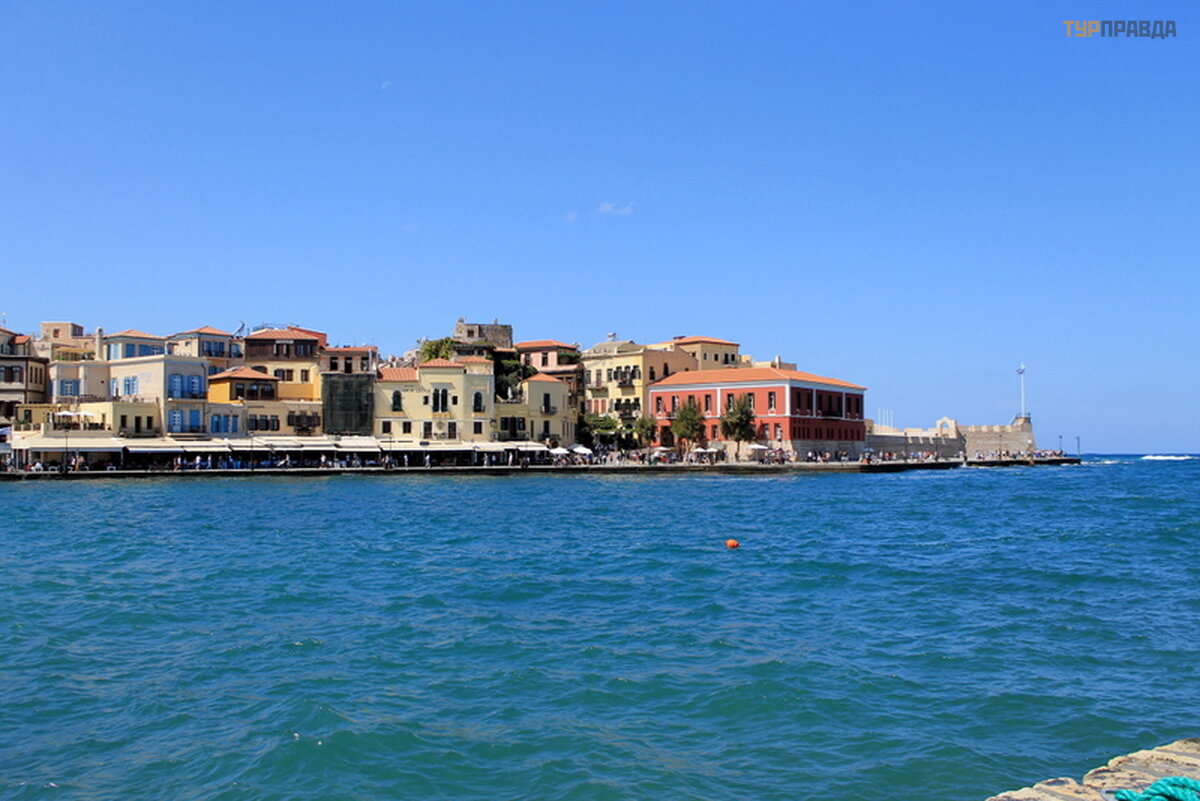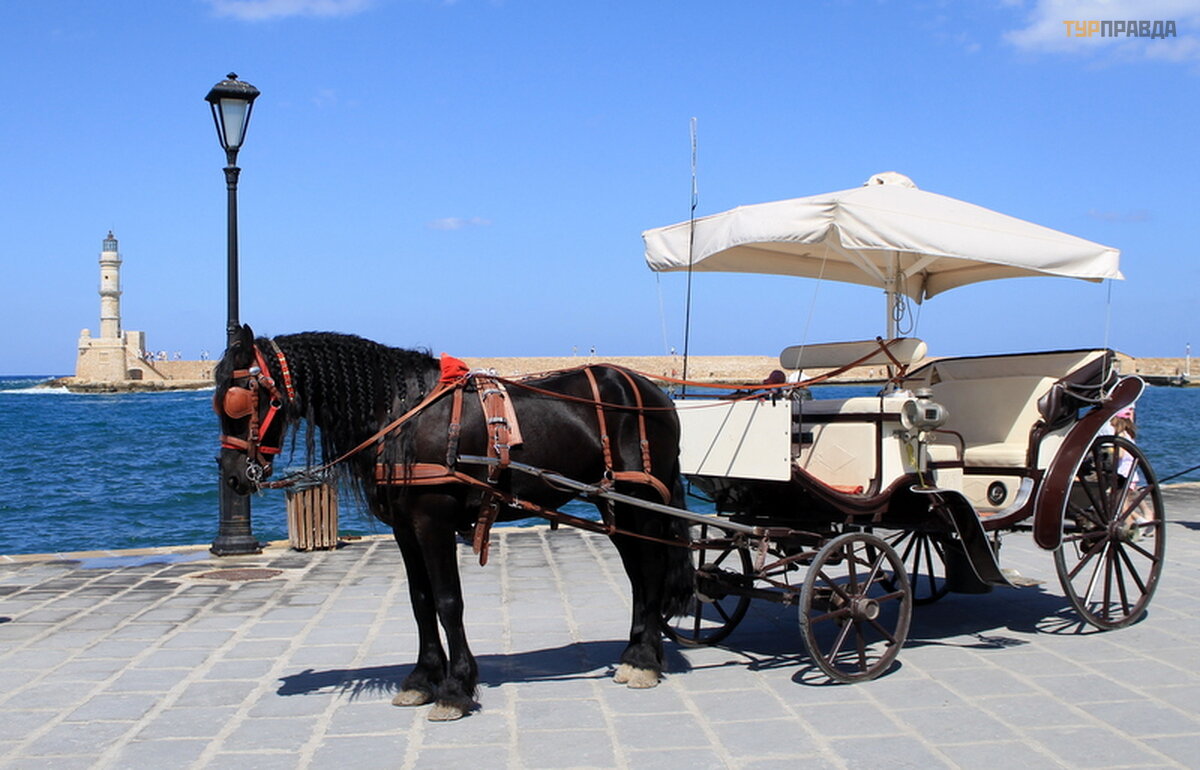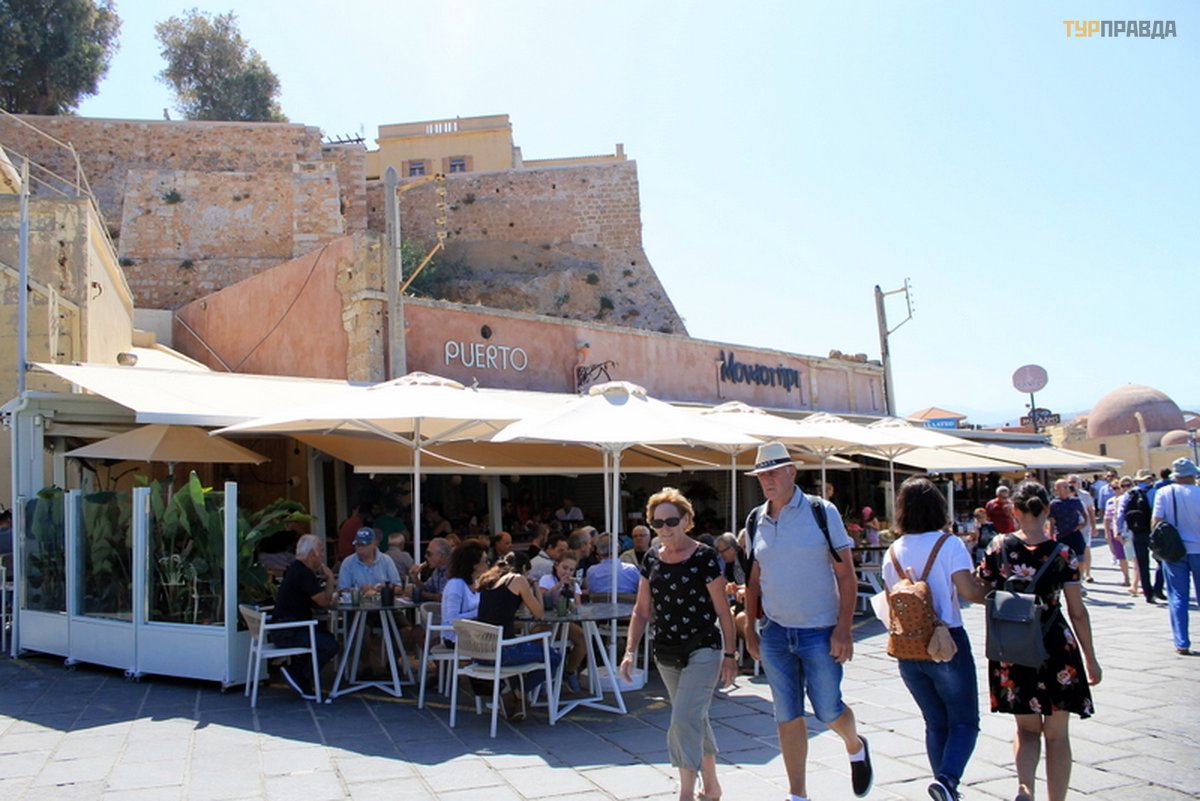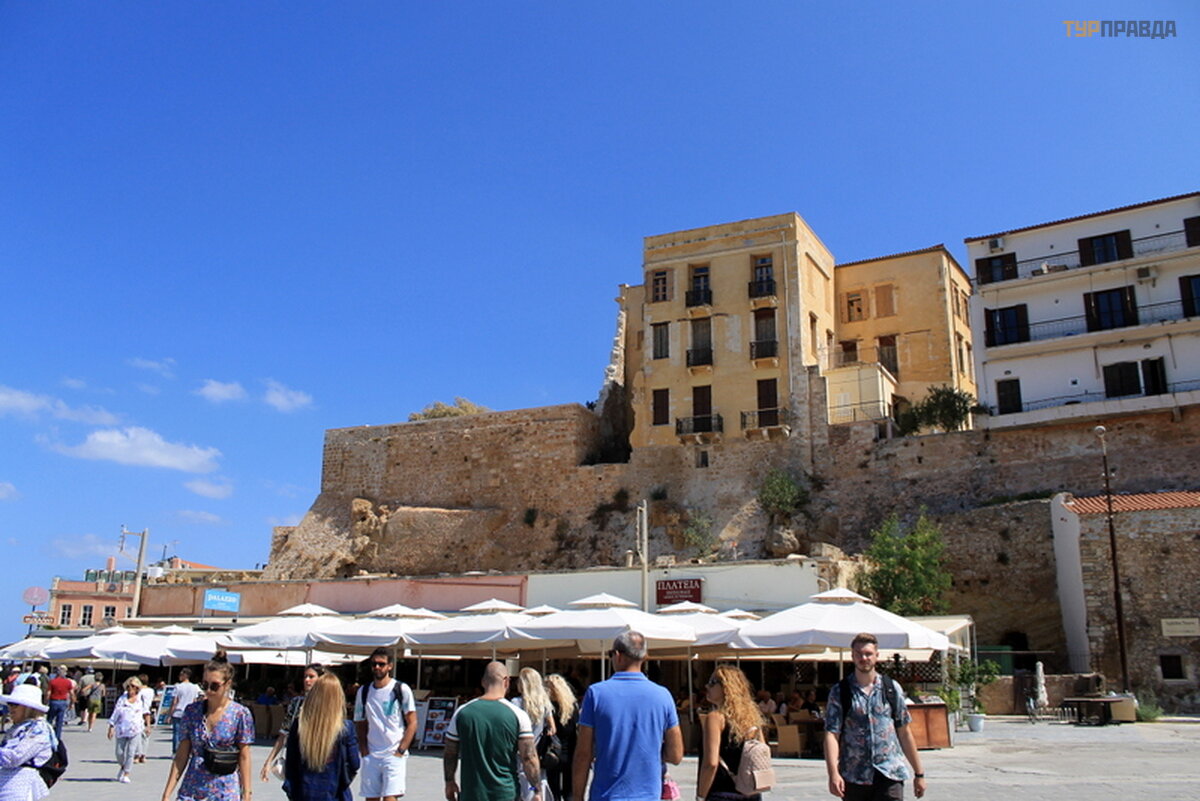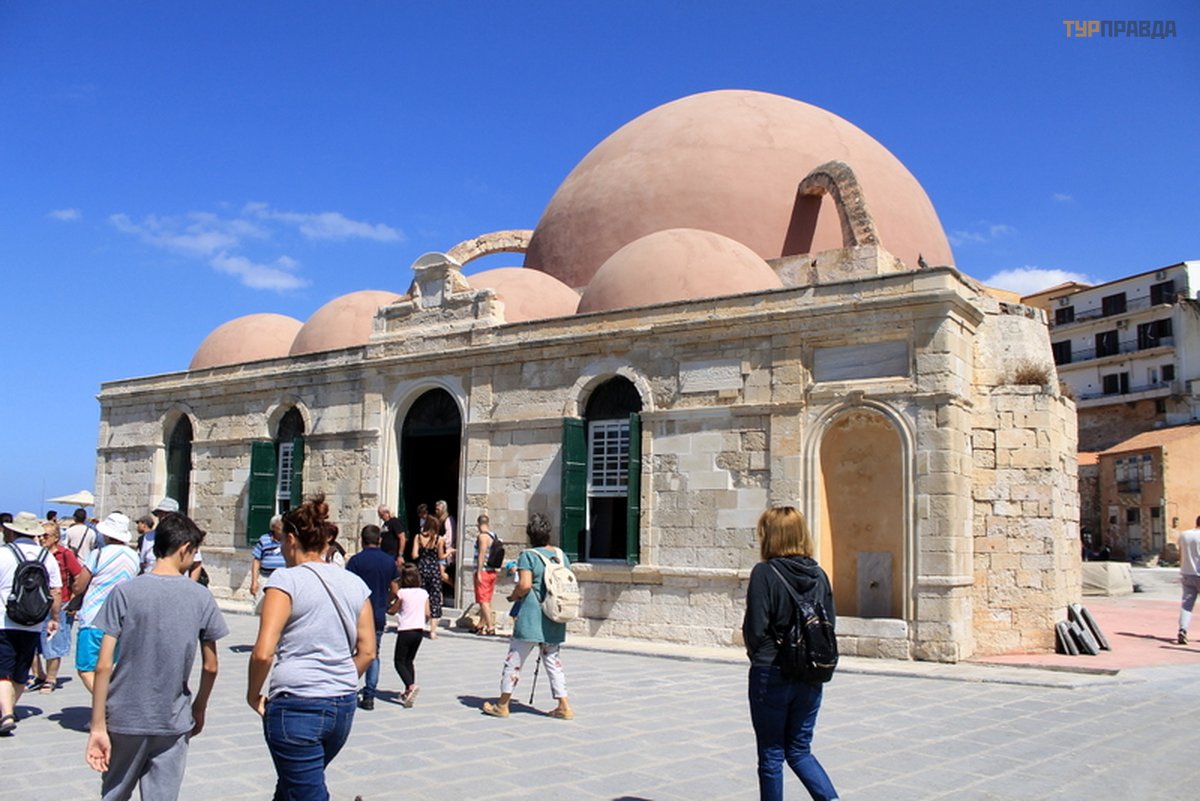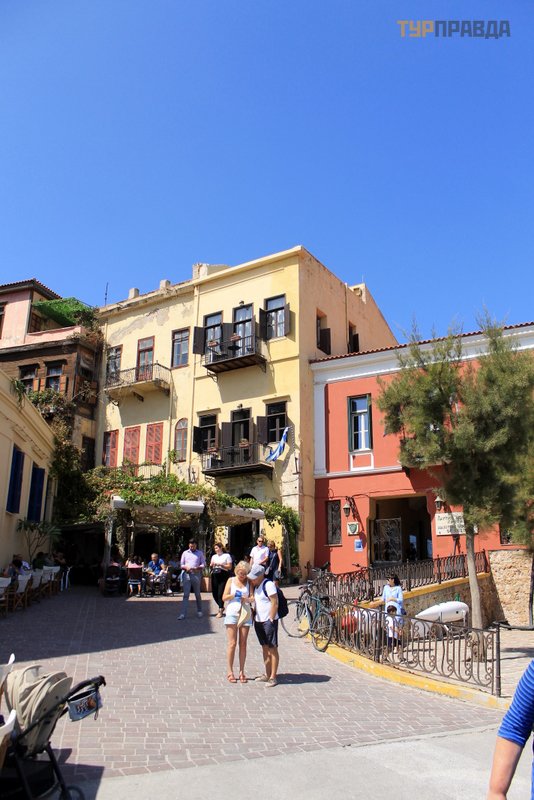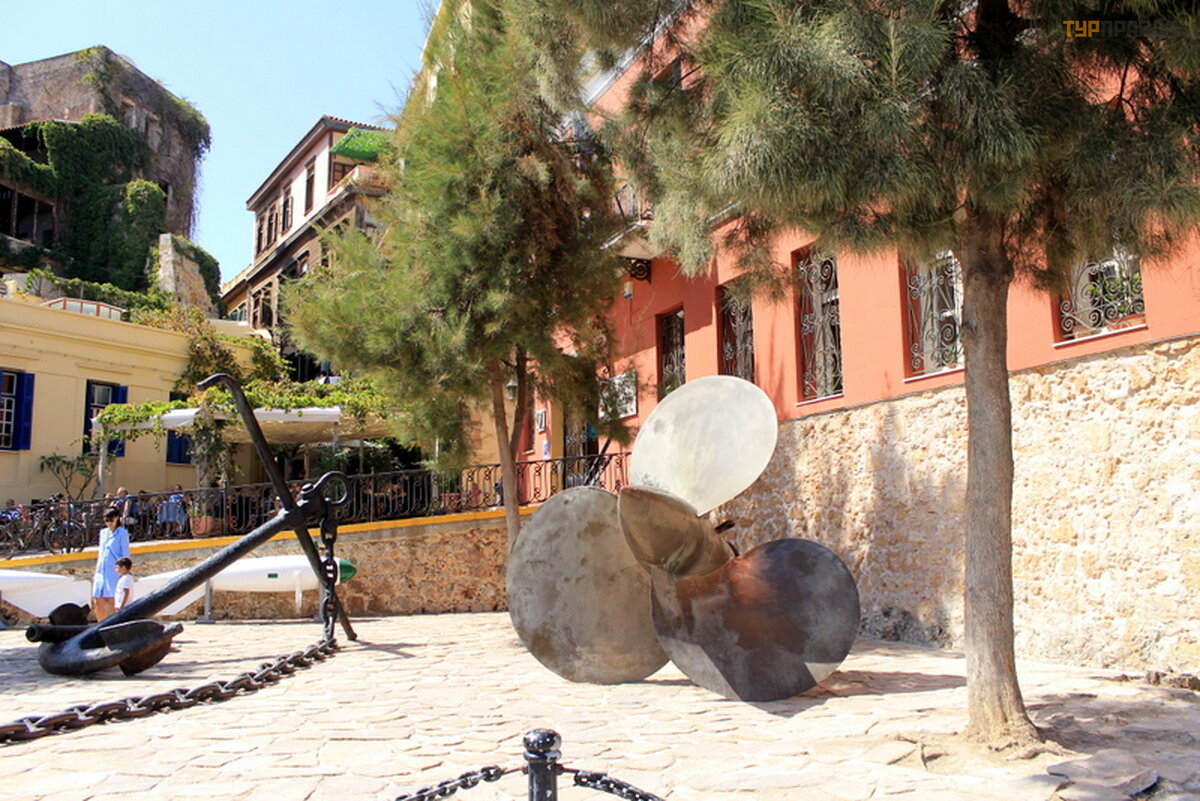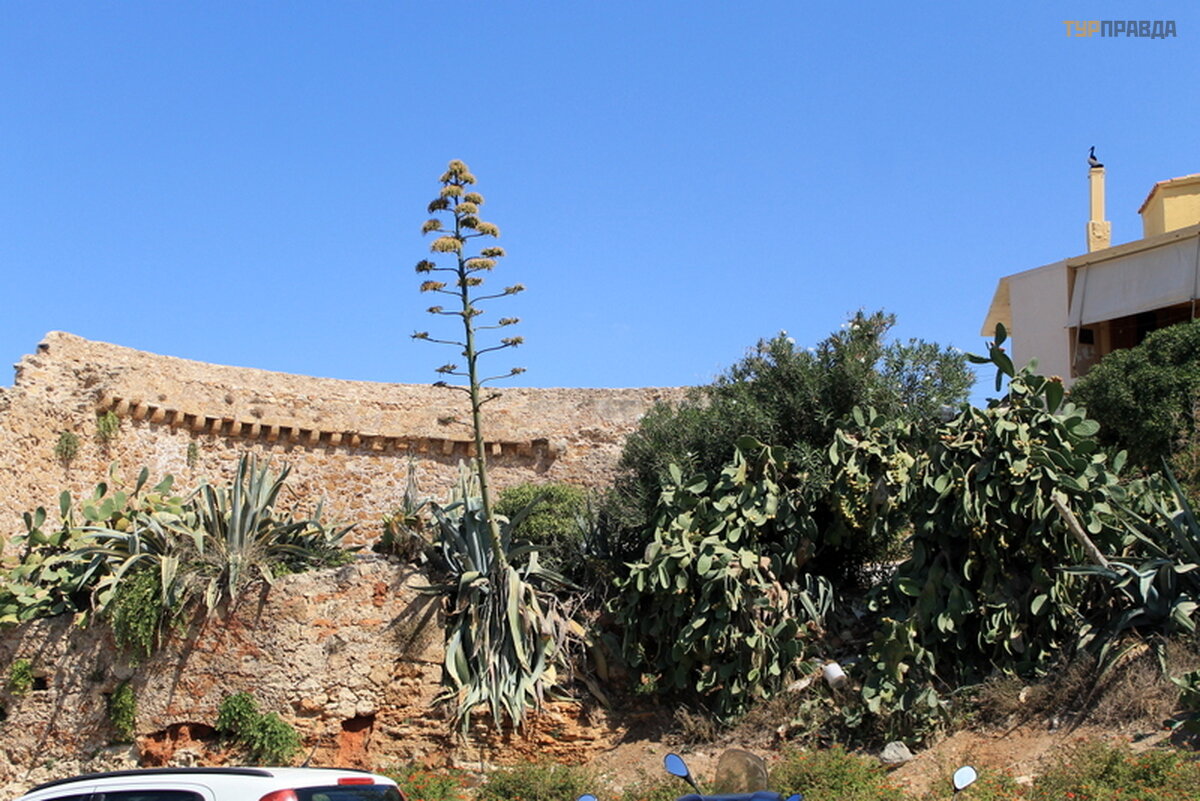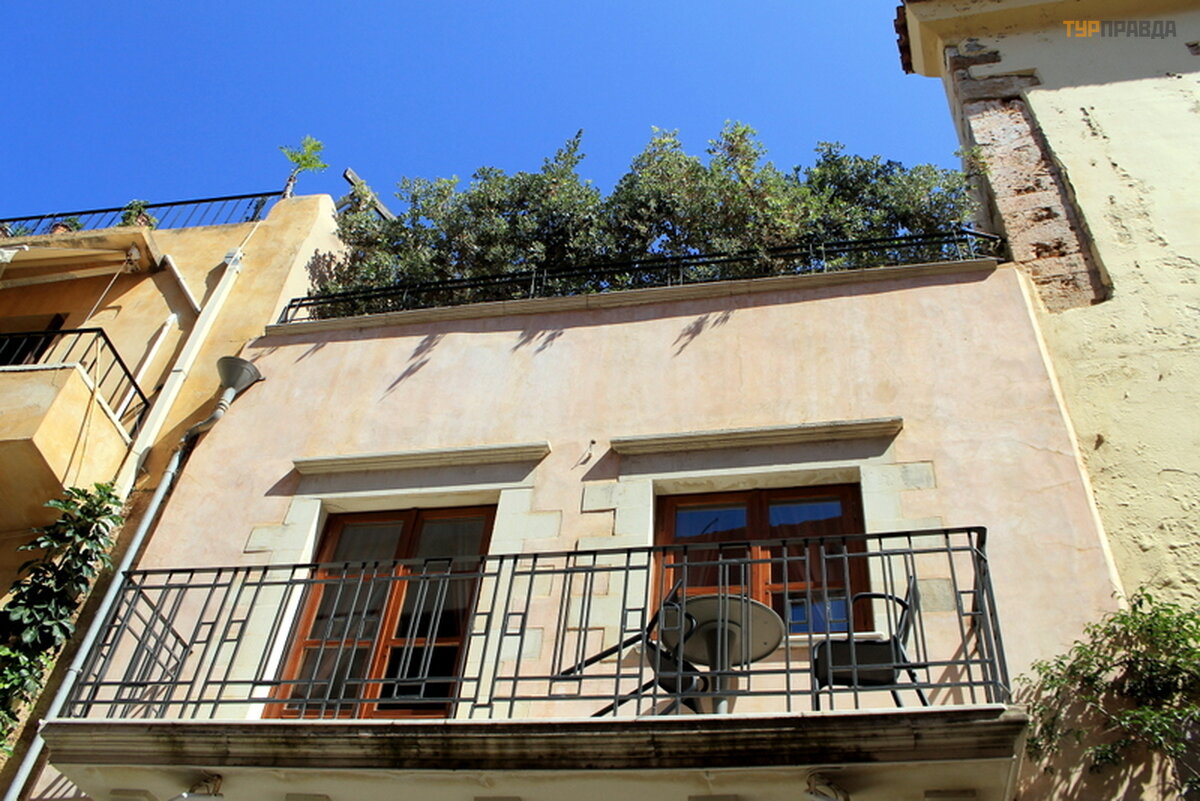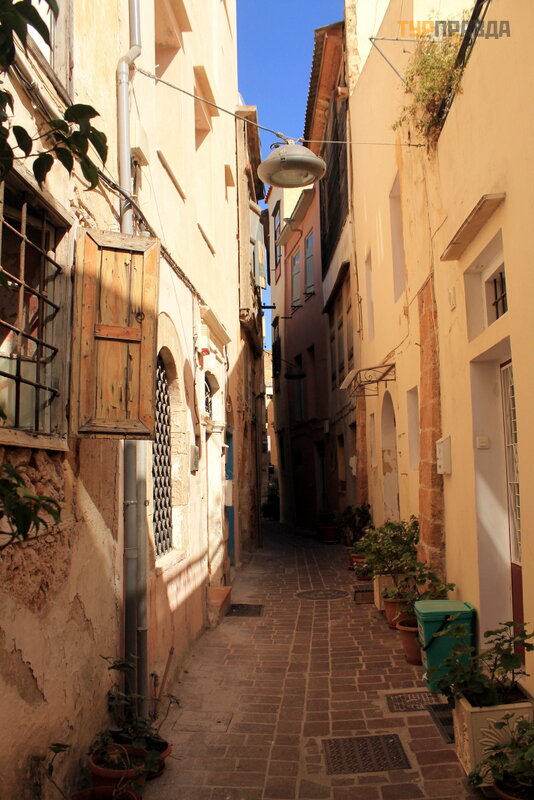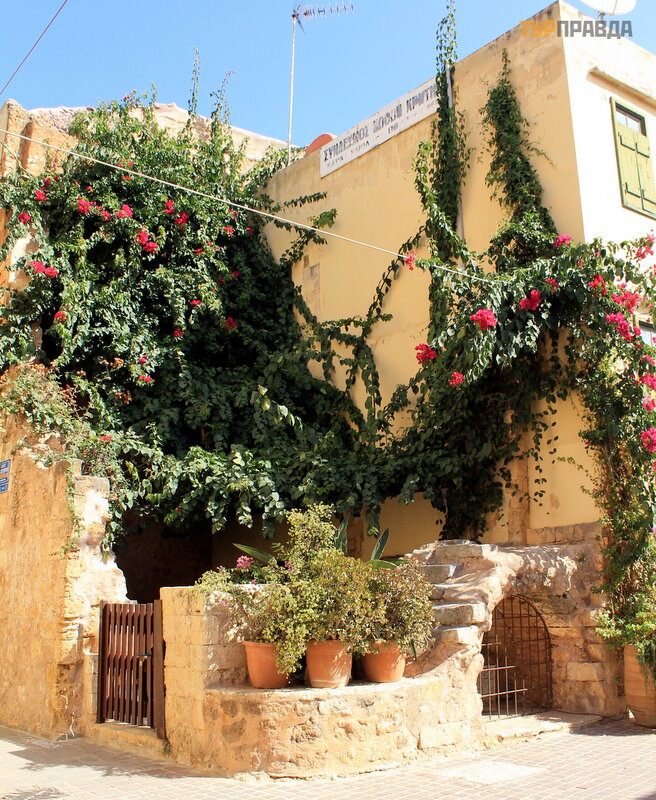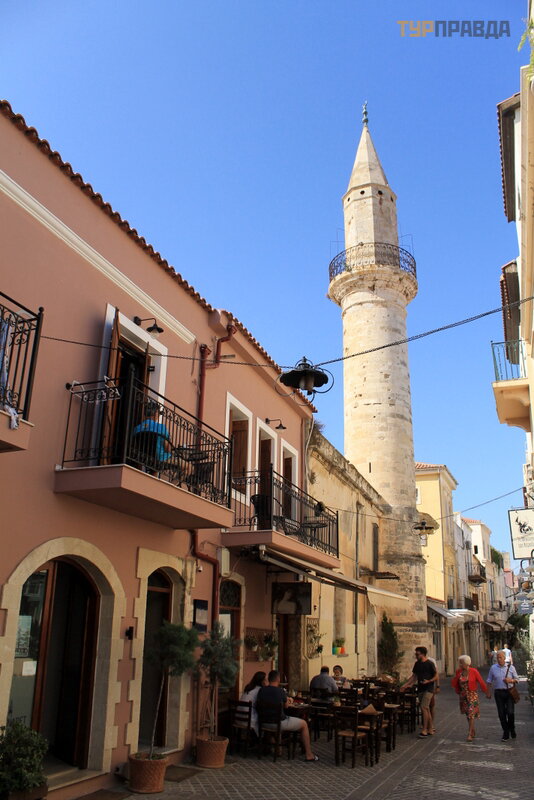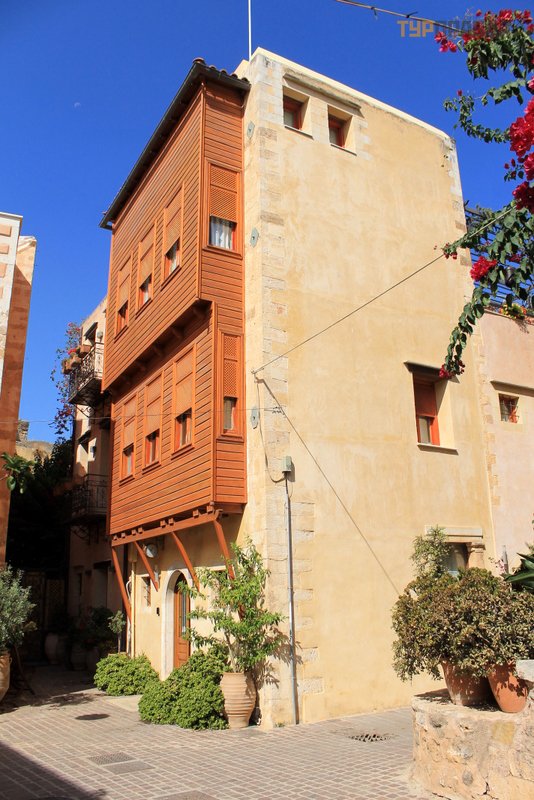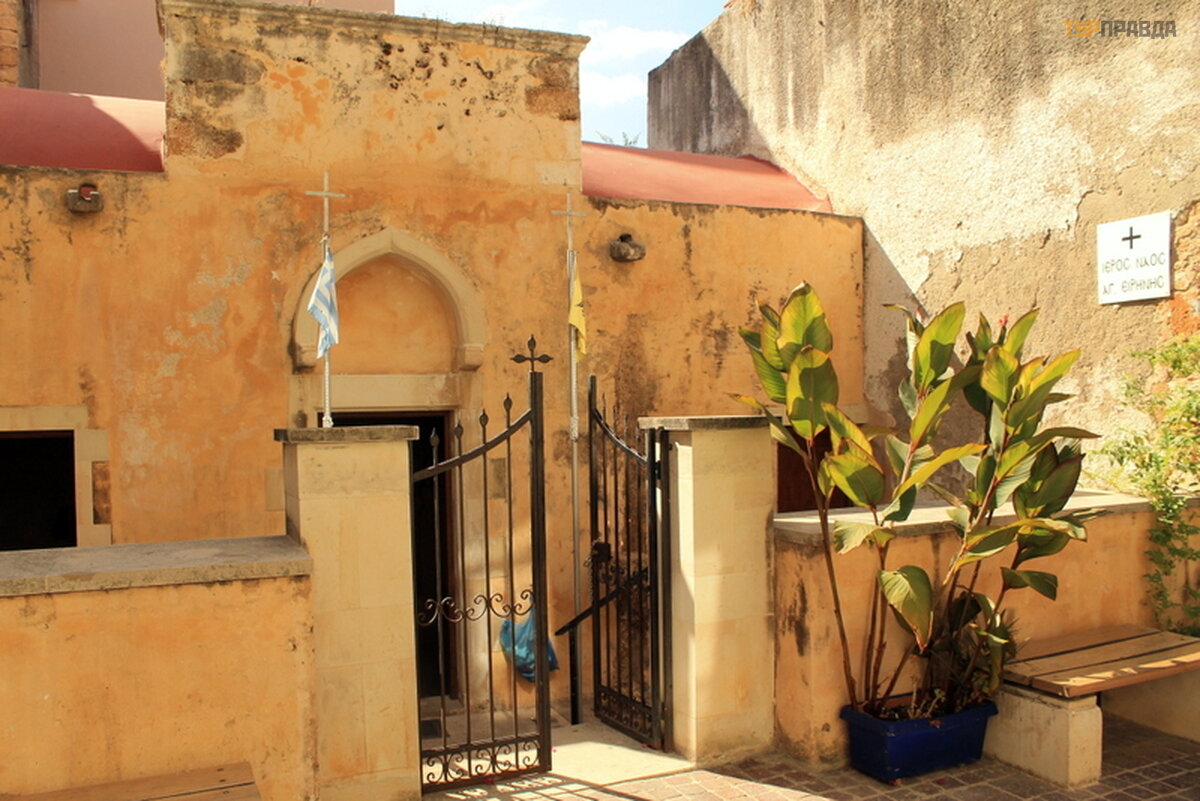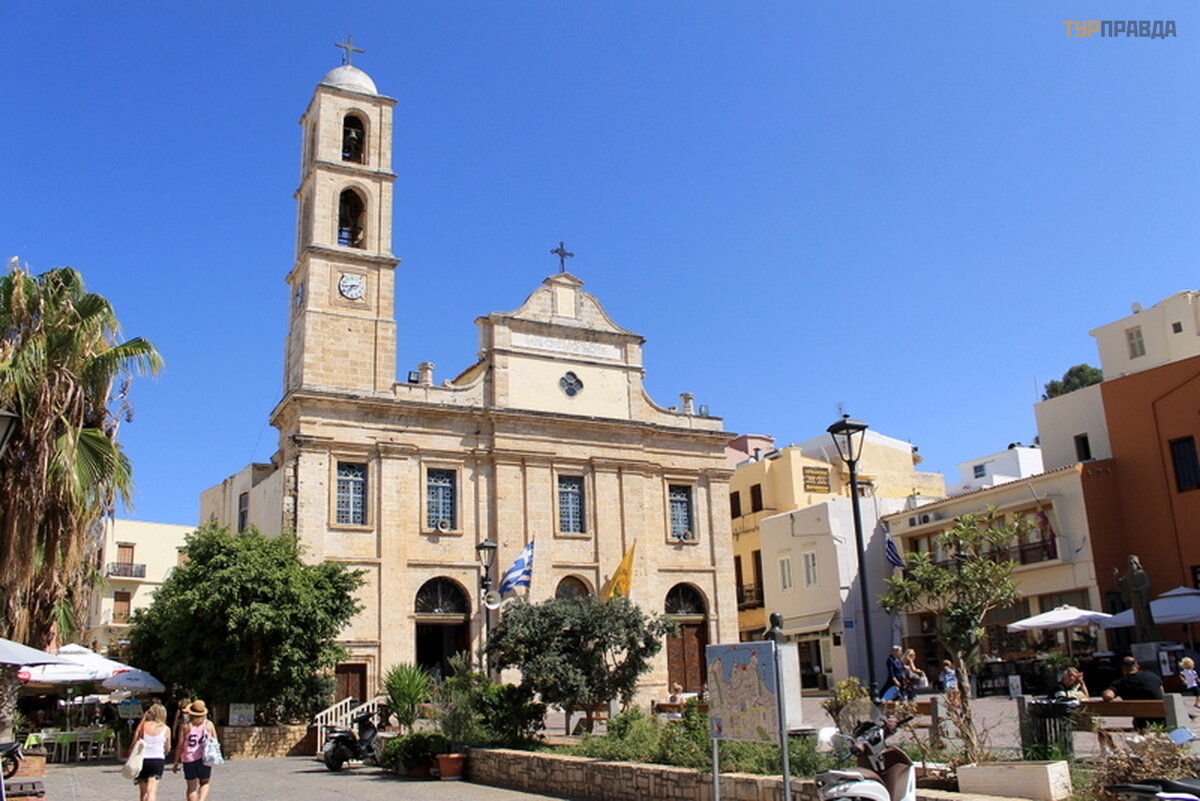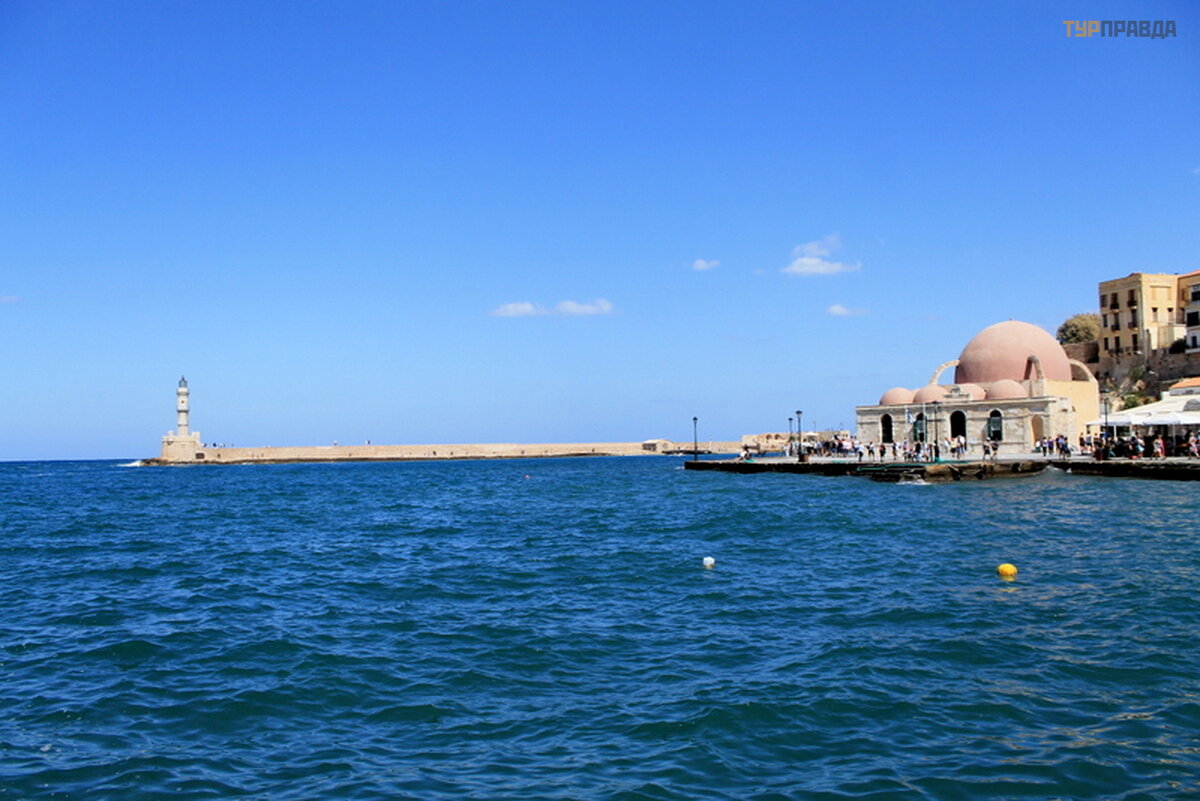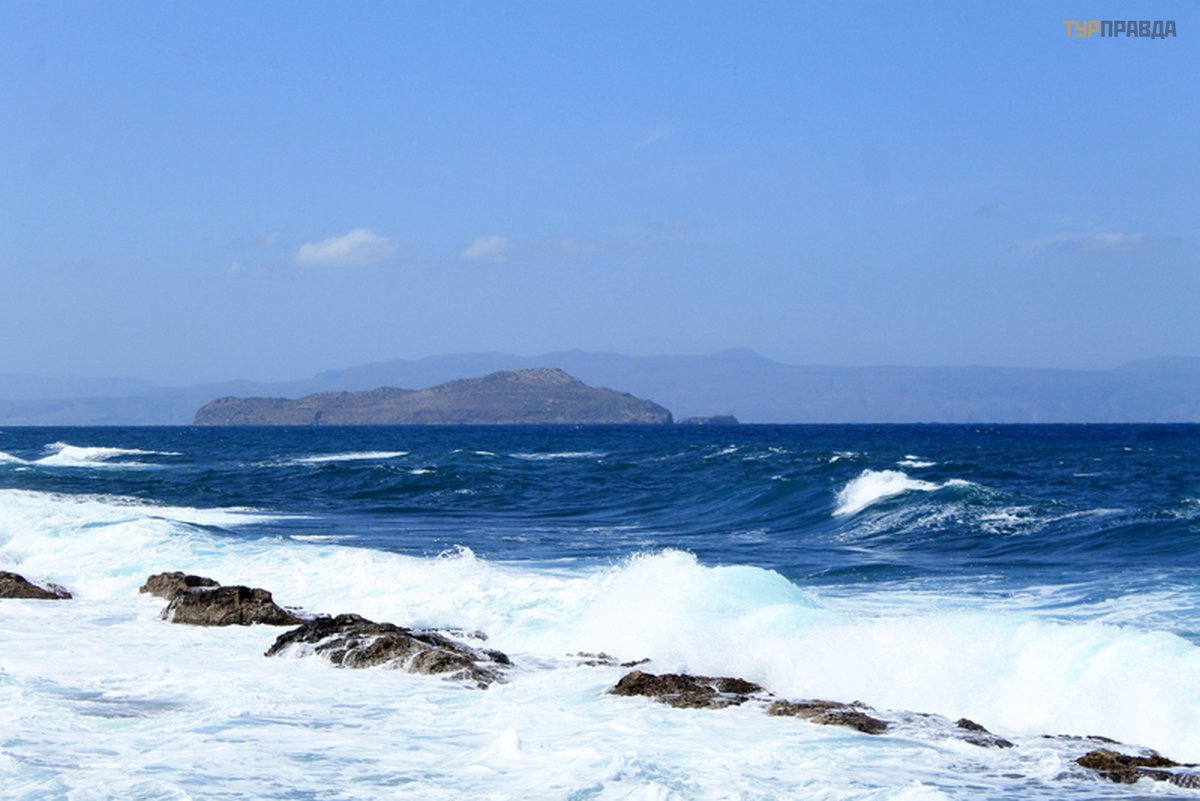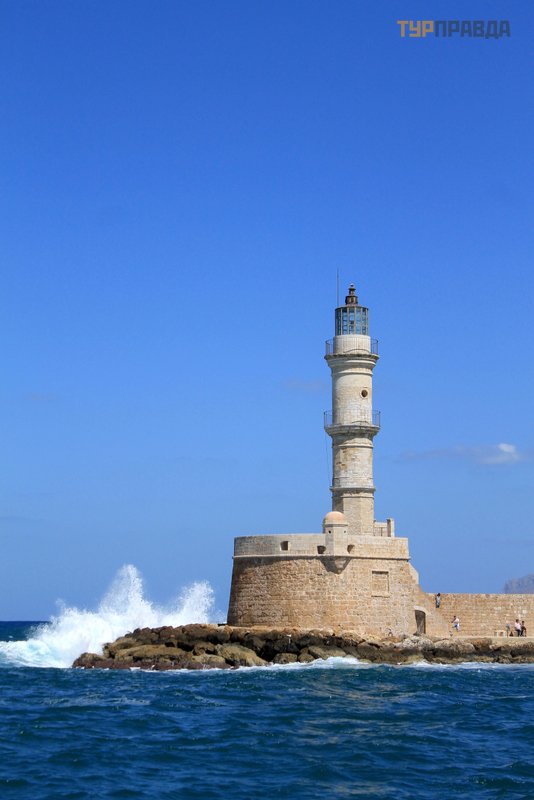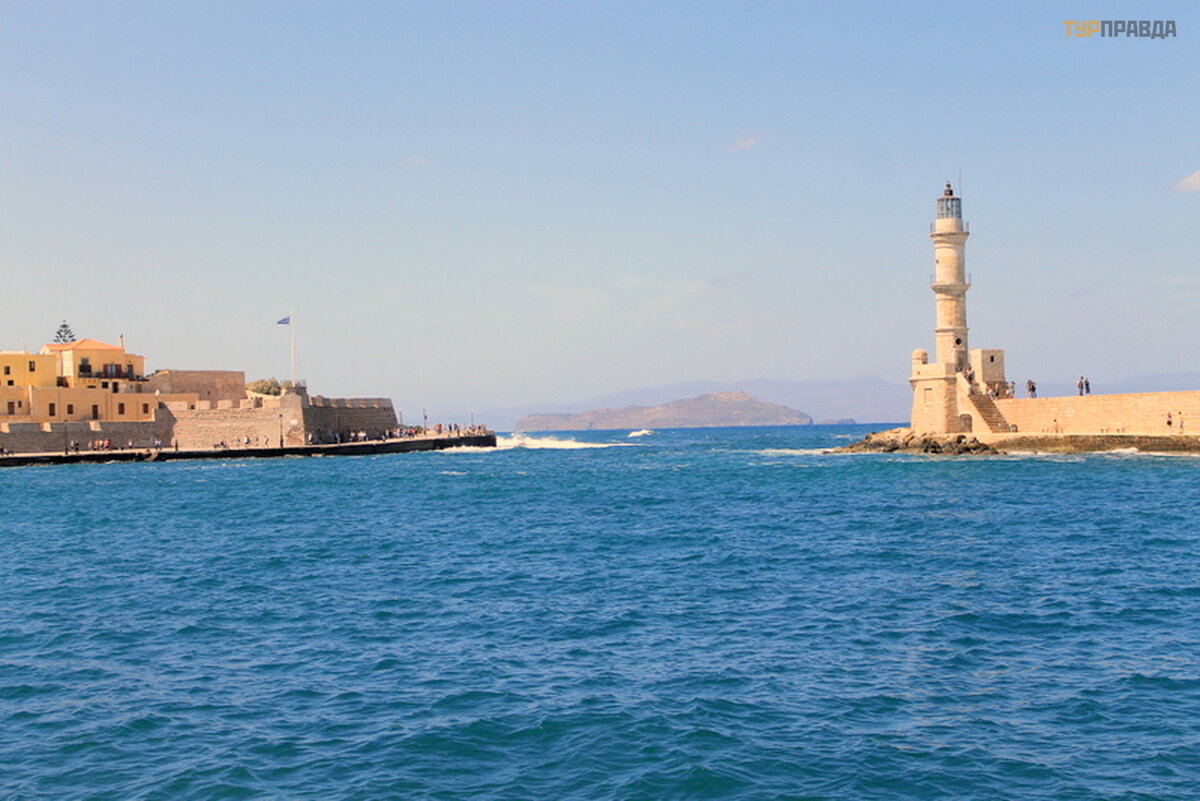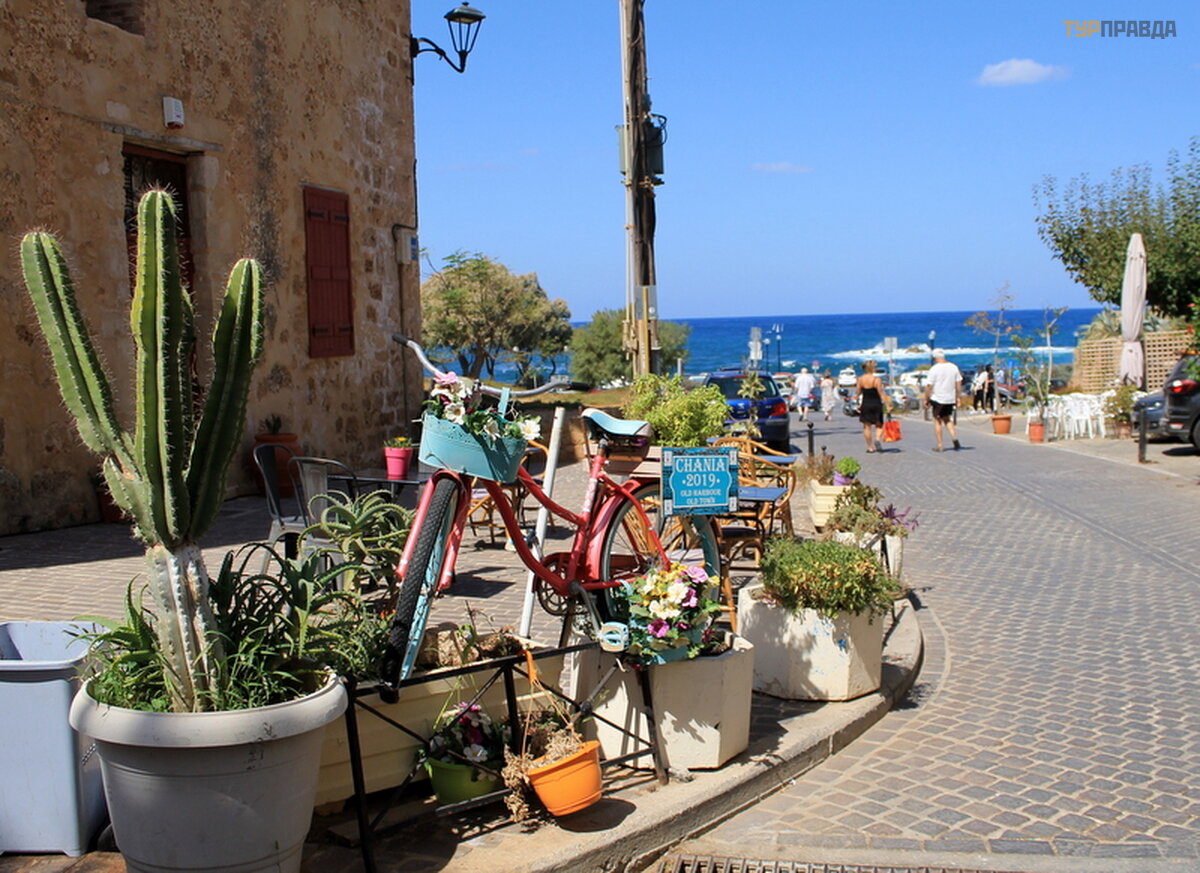By bus, ferry, car… Remembering Crete. Part 5. Charming serenity of La Canea

To be continued. Start here:
Part 1. The puzzle is complete >>>
Part 2. In the labyrinth of history >>>
Part 3. “Candia remained for the descendants…” > >>
I don't know why, but if we rent a car in Greece, it turns out to be blue. Are they picked up in the colors of the Greek flag, or what? ! ; )) Our Volkswagen up!, , despite its very tiny size, turned out to be a five-door cutie with an accommodating character and one feature unusual for me, but characteristic of many modern cars - if the car is longer than a certain time (for example, 10 seconds) stands still, the engine is turned off and when the movement is resumed, as it were, it starts again. It was intimidating at first. : ) But the freedom of choice and movement that a rented (almost your own) car gives you eliminates any inconvenience. After all, you can stop anywhere on the road and enjoy simply bewitching views.
Inspired by such a great start, we continue along the new national road and after about an hour we are already parking in a small lane near the historical center of Chania. By the way, I again have a linguistic shock - here in the name of the city it is correct to put the stress on the last syllable.
Another surprise (I remind you that I am not very good with geography and history) - until 1971 it was Chania, and not Heraklion, that was the capital of Crete. But I didn’t notice any special “capital character” in it, however, as before in Heraklion. Perhaps because we walked exclusively in the Old City, or maybe all according to the same maxim of my friend: “Well, what do you want? It's the Greeks! " : ))
Like other Cretan cities, Chania successfully survived the ancient Romans, the first and second Byzantine periods, and reached its greatest prosperity under the already mentioned Venetians, who poetically named the city La Canea. And here I felt the Venetian heritage like nowhere before. Most of all it is felt in the Old Venetian port.
Since La Canea was a stronghold for the Venetians, the port there is more spacious than in the same Rethymno...
…and the number of ship docks is also much higher. Now they are used mainly as museum and exhibition pavilions.
Another advantage of the port is the long breakwater. . .
. . . a walk along which will not only allow you to enjoy the sea views...
…but also to see the harbor in detail…
…delightful colorful houses lined up on the embankment (the same Venetian heritage)…
. . . feel the historical spirit of literally every stone. . .
…and get to the Egyptian mayak, which is considered the largest in Crete and one of the oldest in the world. Sources say that it was built by the Venetians at the end of the 16th century, although the name “Egyptian” is not entirely clear in this regard. : )
Near the lighthouse, we hung for a long time - "catching" the wave with a camera until it splashed both us and the camera. ; )
We took this as a hint that it was time to move on, and turned back along the breakwater to the embankment.
Here the procedure is "mirror" - you go and admire the long pier, the sea, all the same "Venetian" houses.
If you are too lazy or too hot to go, you can use one of the pleasure carts harnessed by the most charming horses. Although, as for me, they are not a means of transportation at all, but another decoration of the embankment. : )
On the other hand, you can take a look at the remains of the defensive walls left from the Firkas fortress built by the Venetians in 1629 and organically fit into modern reality.
There is also a "hello" from the Turkish period on the embankment. Chania, like the rest of the Cretan cities, did not escape the capture by the Turks - after a two-month siege, the city fell and began to be used as the residence of the Turkish pasha. The Janissaries Mosque was built in honor of the first commander of the garrison of Chania Kyuchuk Hasan, which is why it is also called Kyuchuk Hassan Mosque.
But it is the Venetian spirit on the embankment, and in Chania as a whole, that prevails. You can admire the views here endlessly. We didn’t even go to the Maritime Museum, although here it is - right on the road!
But according to the plan, we still have the Topanas district, which got its name from the Turkish “top” - “cannon”, because. it was here that Turkish cannons were kept among the bastions of the captured fortress (and now cacti are growing).
We did not look inside the remaining bastions, but walked along the narrow streets that the Topanas area is famous for...
. . . and the whole Old Town, where evidence of the Venetian, Turkish, Christian heritage mixed up.
Here, for example, there is the Church of St. Nicholas, known not only for the fact that it houses the relics of St. Nicholas the Wonderworker (I don’t know which part of them, because I know at least three churches where the storage of the relics of a popular saint is positioned), as well as an attached minaret, preserved from an ancient mosque. : )
But whatever one may say, it pulls back to the embankment, to its charming views that you can enjoy while sitting in one of the many local cafes.
Imagine how majestic ships entered the port, how menacing guns looked out to sea from the bastions, and how they closed the entrance to the harbor, pulling a thick chain between the Lighthouse and Kerkelos, a large iron ring located at the foot of the fortress.
And over all this reigns the spirit of all-encompassing serenity, peace and a kind of laziness. Maybe that's what happiness feels like? : )
But Crete is famous not only for the Venetians, as they say, but also for the multitude of Orthodox monasteries, about which we we'll talk in the next parts.
